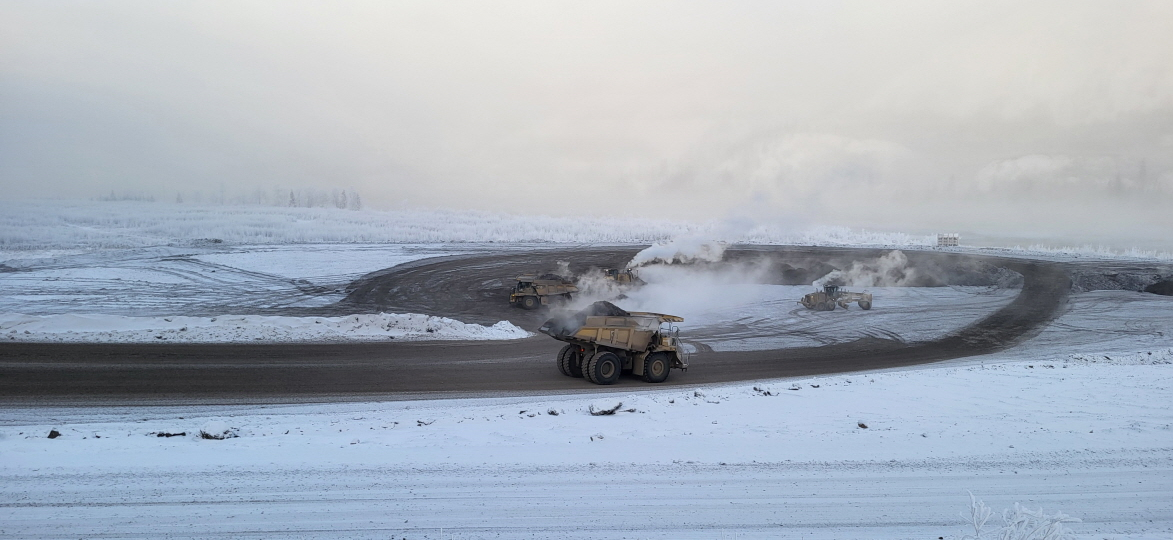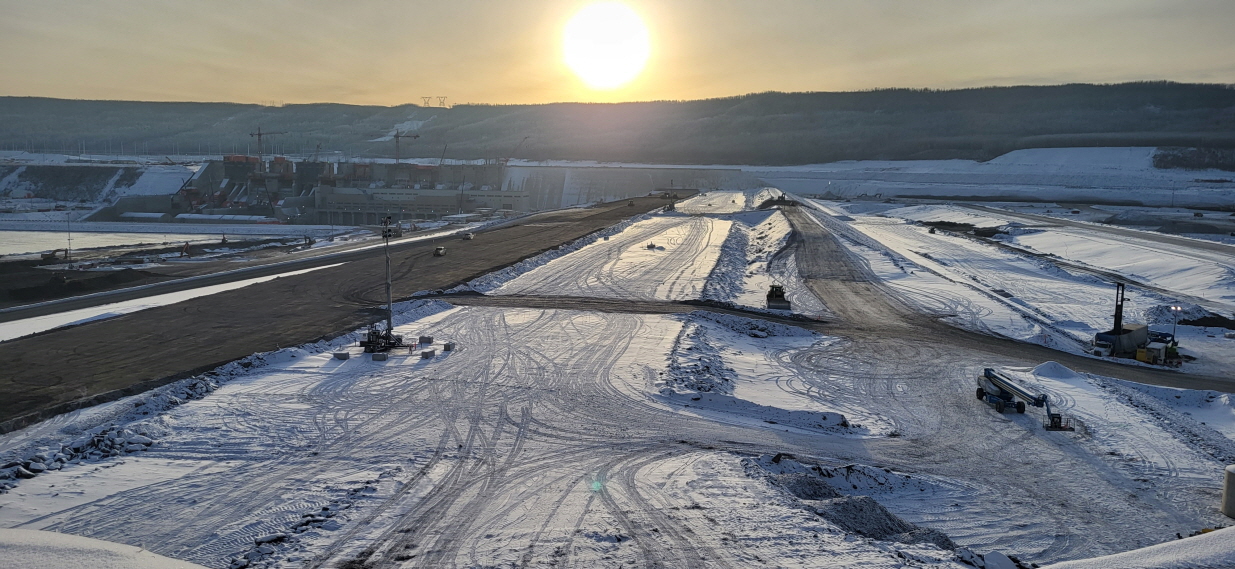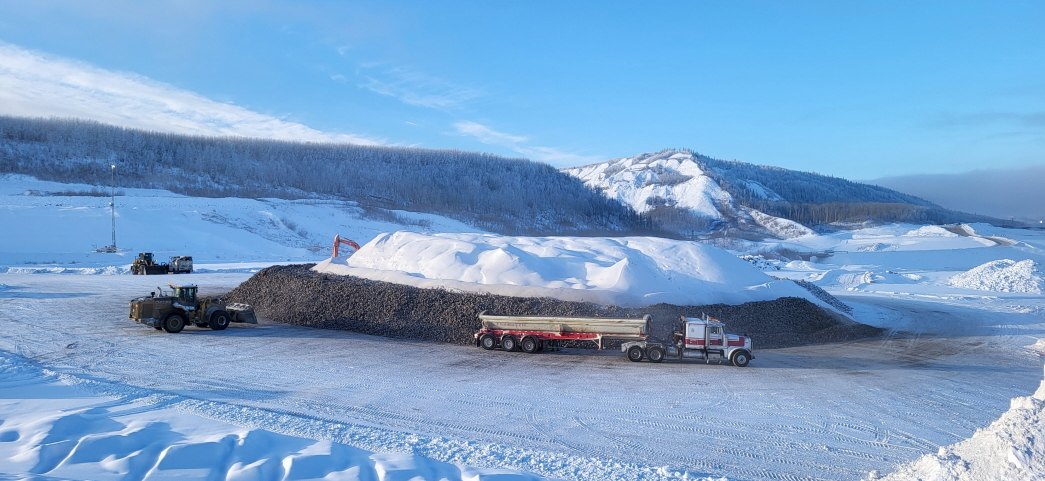Water is the one natural resource that we cannot survive for more than a few days without. But the world faces a crisis of water resources brought upon by desertification due to climate change on the one hand and the demand for water that is potable (able to be drunk) and safe (able to be used for other purposes) on the other. Well aware of the critical importance of water to humans, Samsung C&T Engineering & Construction Group is preparing for the future through dam construction and water desalination projects.
Let’s take a look at the E&C Group’s water-related business, which shows that it is not just a construction company but a partner for life and a sustainable future.
The increasing importance and value of water
It is certain that we cannot live without water. We need it for drinking, cooking, washing, generating clean electricity, carrying away sewage, production, agriculture, and more. In fact, by 2030, global water demand is expected to exceed freshwater supply by 40%.
What is bringing this situation into such stark relief? There are several factors at play. First, global population growth and increasing urbanization are raising the demand for water used in everyday life as well as that used in mass production, e.g. in factories.
Secondly, as the U.N. explains, water and climate change are inextricably linked . Precipitation patterns around the world fluctuate due to climate change, making water supply increasingly unpredictable and causing needs to be inconsistently met.
Water pollution is a third issue. Water is no longer potable or safe when it is contaminated by factory wastewater, sewage, pesticides and chemical fertilizers, and so on. As water scarcity becomes a more salient problem, it becomes more important to understand and calculate the the value of water to the economy in all different sectors.
For all these reasons, protecting and managing water is crucial; the water resources and water treatment market size is expected to reach $662.75 billion in 2032.
Ways to combat water shortages
Two major ways to approach the problem of water shortages and make a steady, reliable, and safe supply of water for human use are to construct dams and to desalinate seawater.
A dam is a human-built wall constructed to control the volume and level of river water, or to make an artificial lake, known as a reservoir. Dams help to manage limited water resources against floods and droughts and can make water useful for drinking supply, agricultural irrigation, or to generate electricity through hydroelectric turbines.
Water for human use can be obtained from seawater, which covers more than 70 percent of the earth’s surface, but it must first be treated to make it safe or potable. A desalination plant removes salt and other impurities from seawater, using two methods: reverse osmosis and thermal desalination. Such plants are especially useful in countries with low supplies of fresh water or precipitation.
Building solutions around the world
Samsung C&T Engineering & Construction Group is responding to the global water resource crisis through various projects such as dams and desalination facilities.
In Canada’s province of British Columbia, Samsung C&T Engineering & Construction Group is controlling partner in a consortium building a hydroelectric dam project over the Peace River. When finished, the Site C Dam Project is expected to generate 5,100 Gigawatt hours of electricity each year. The construction of the dam is a massive undertaking, involving an earth fill dam 1,050 meters long and 60 meters above the present river level, as well as river diversion works, tunnels, cofferdams and 32 million cubic meters of excavation.
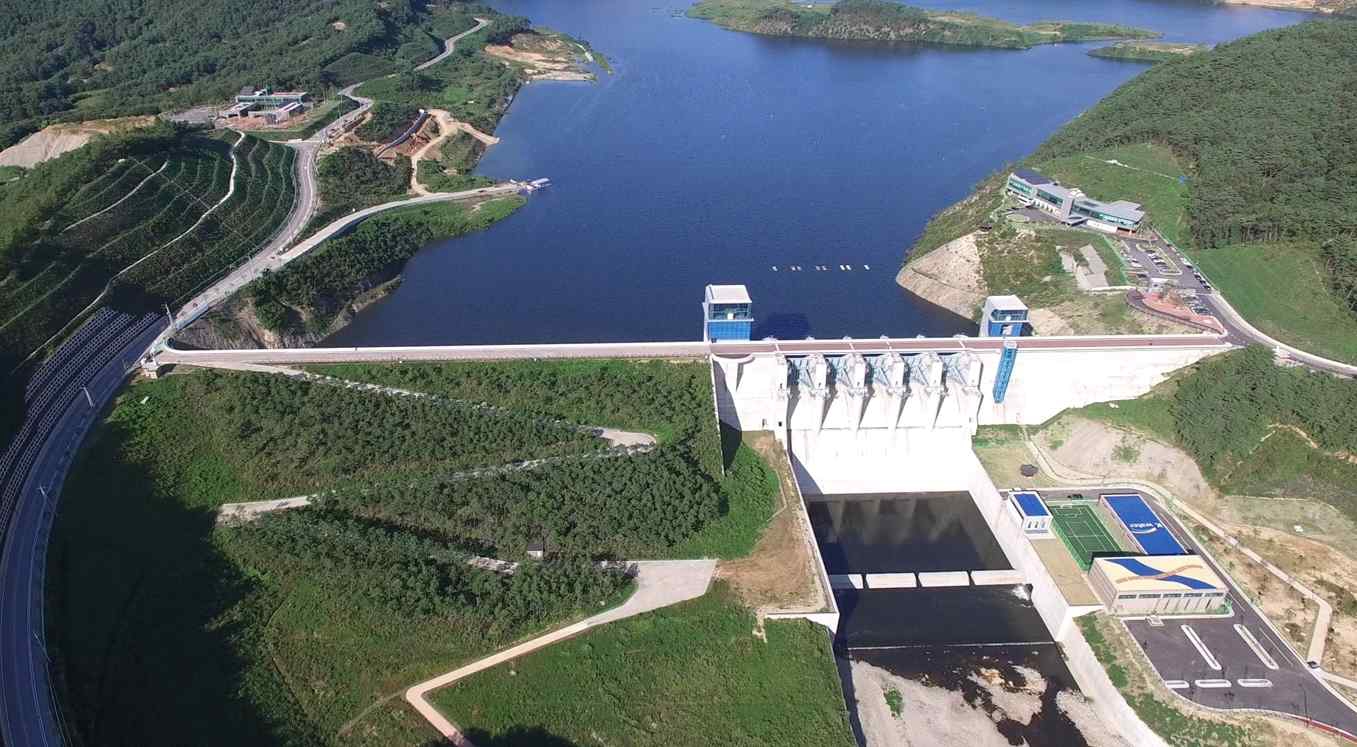
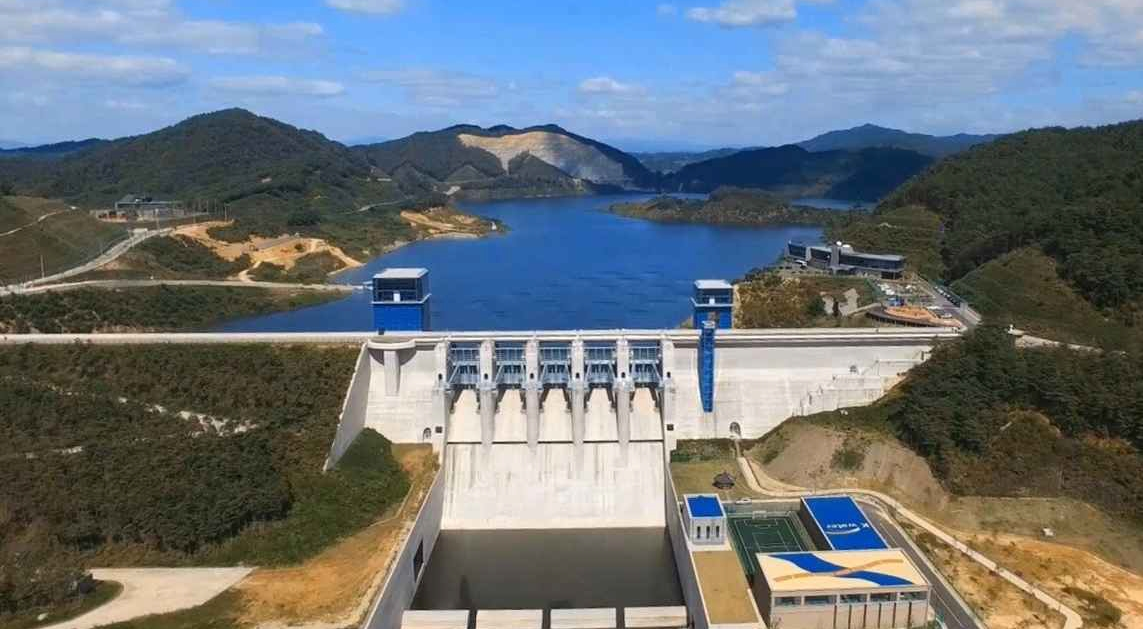
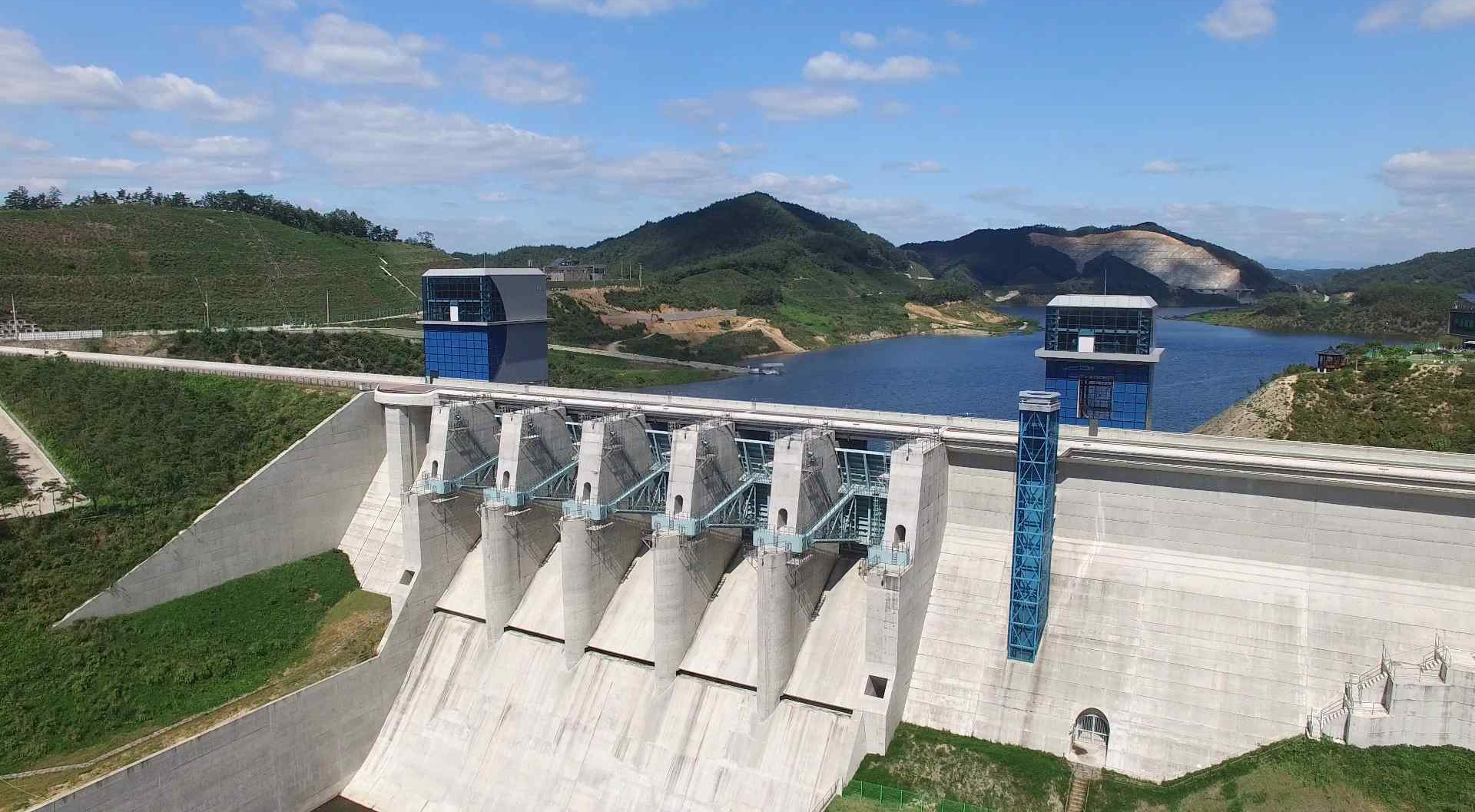
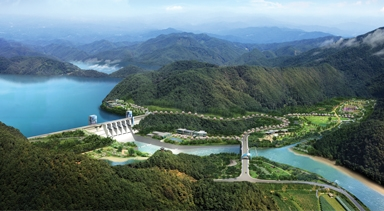
Meanwhile, in Korea’s North Gyeongsang Province, the Yeongju Dam was built by Samsung C&T Engineering & Construction Group, with construction completed in 2016. Stretching 55.5 m high and 400 m long over Naeseong Stream, it combines structural elements of both a concrete gravity dam and a concrete face rockfill dam. Yeongju is a multi-purpose dam, with the mission to generate hydroelectric power (15.78 gigawatt hours of clean energy), provide clean water (over 200 million tons for various uses including agriculture) and flood control.
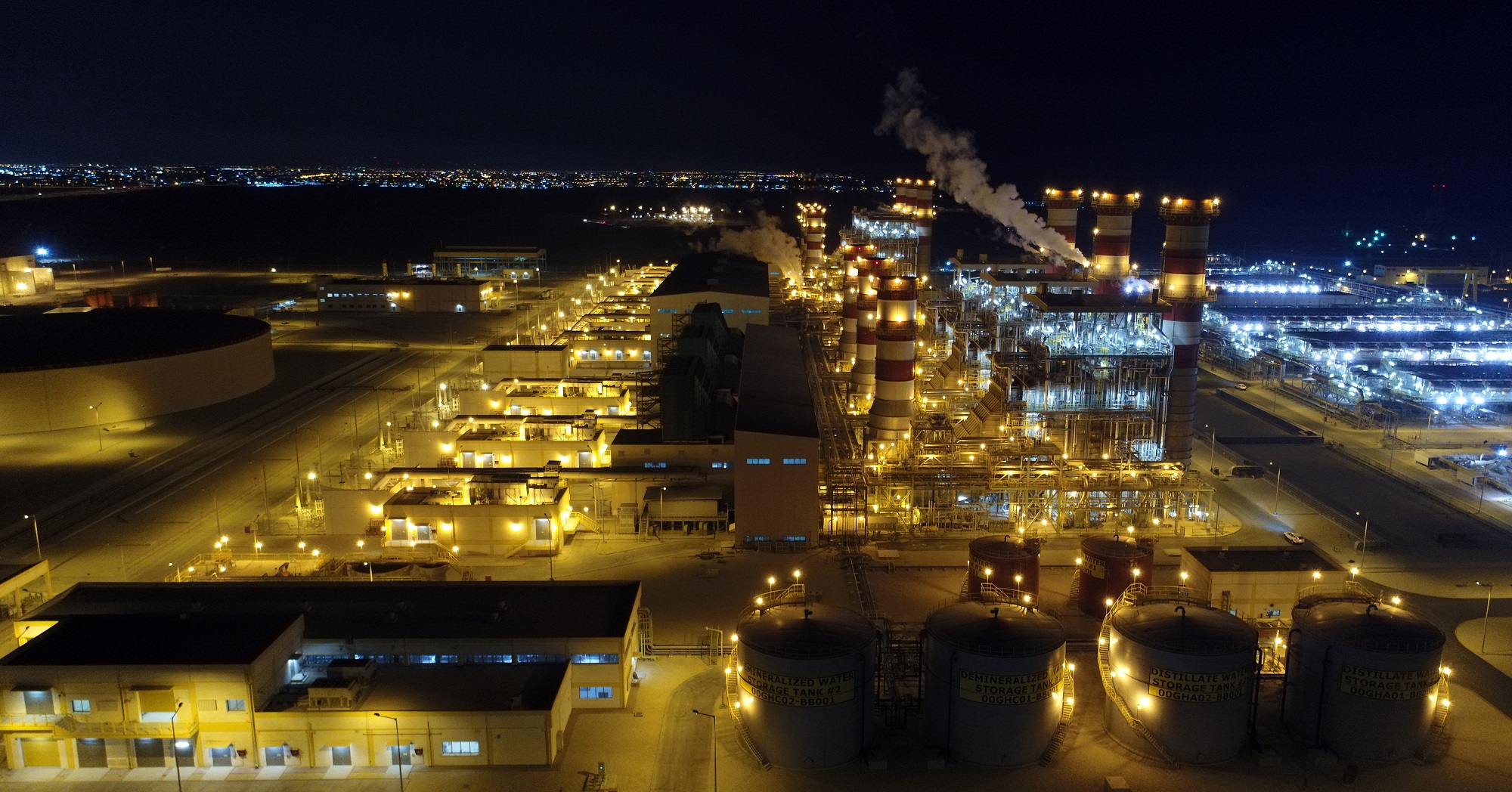
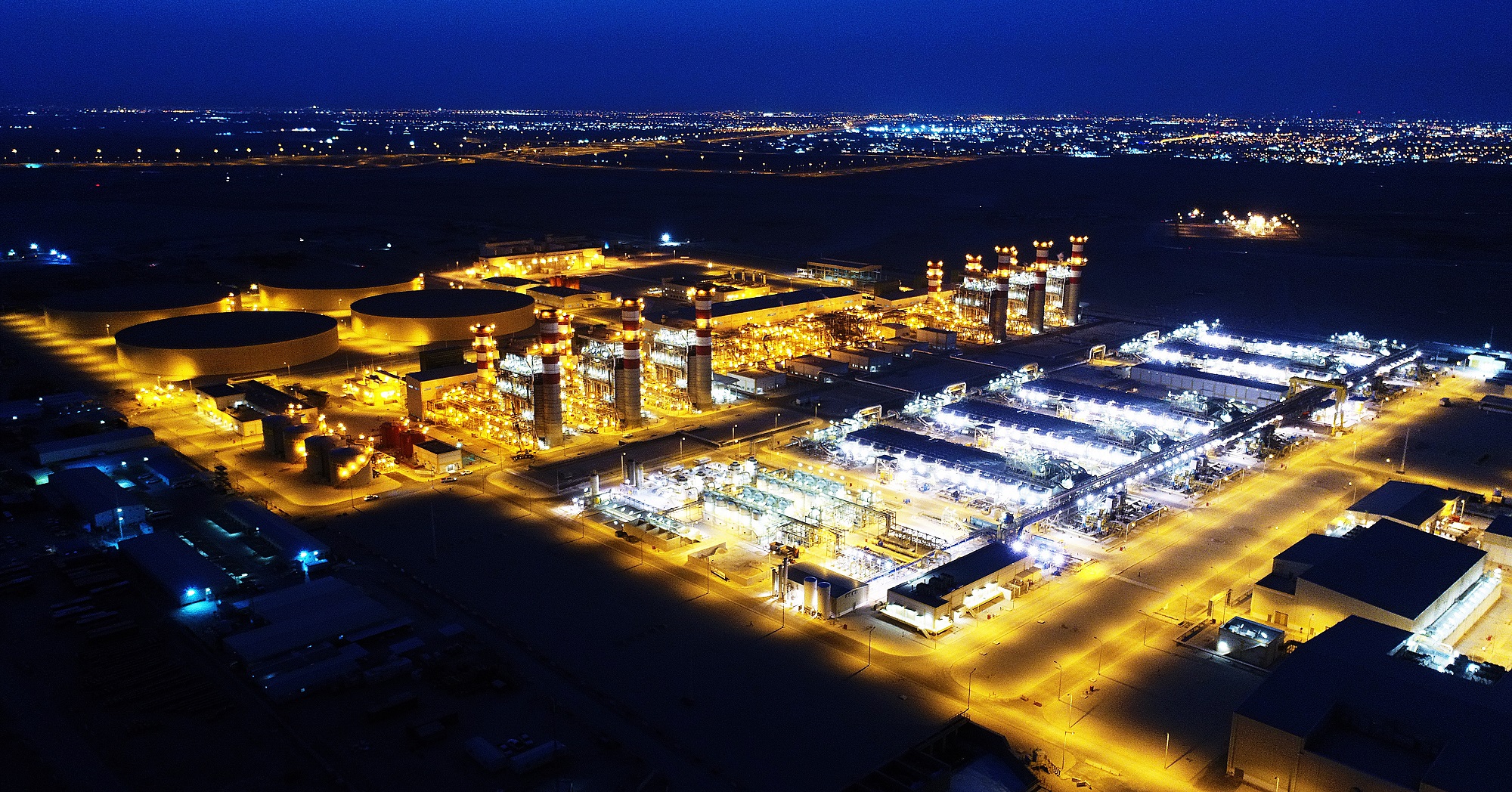
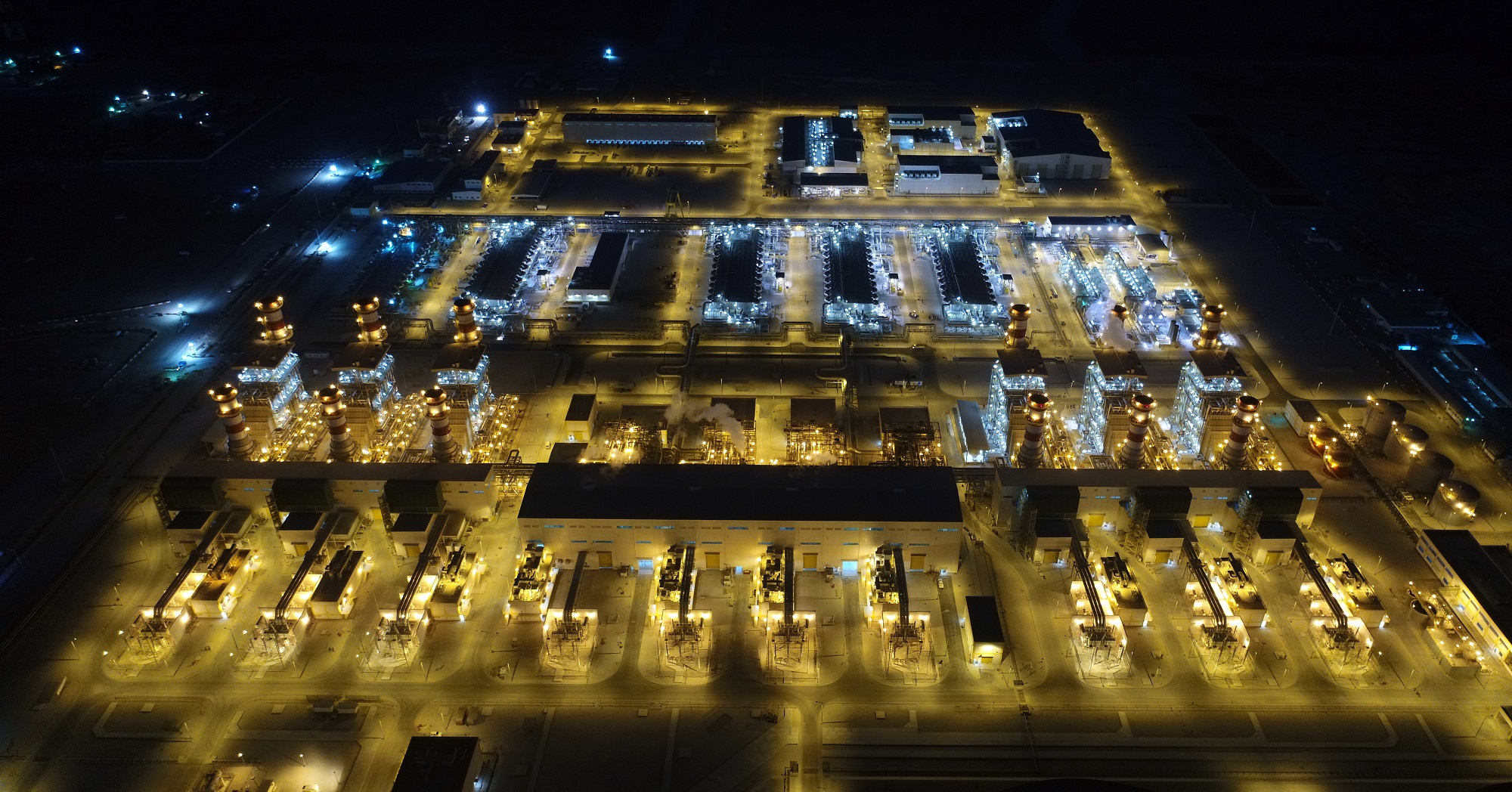
In the field of seawater desalination projects, in 2021 Samsung C&T E&C Group completed expansion work on Qatar’s Umm Al Houl plant. This reverse osmosis desalination facility supplies 564 million liters of potable water per day. The expansion project was able to be completed on schedule despite pandemic restrictions at the time because of cooperation by all stakeholders.
Samsung C&T E&C Group has carried out many projects related to supplying water, the most basic resource for humanity. As the importance of water continues to rise, the group will also pay attention to related issues and markets in the future.


